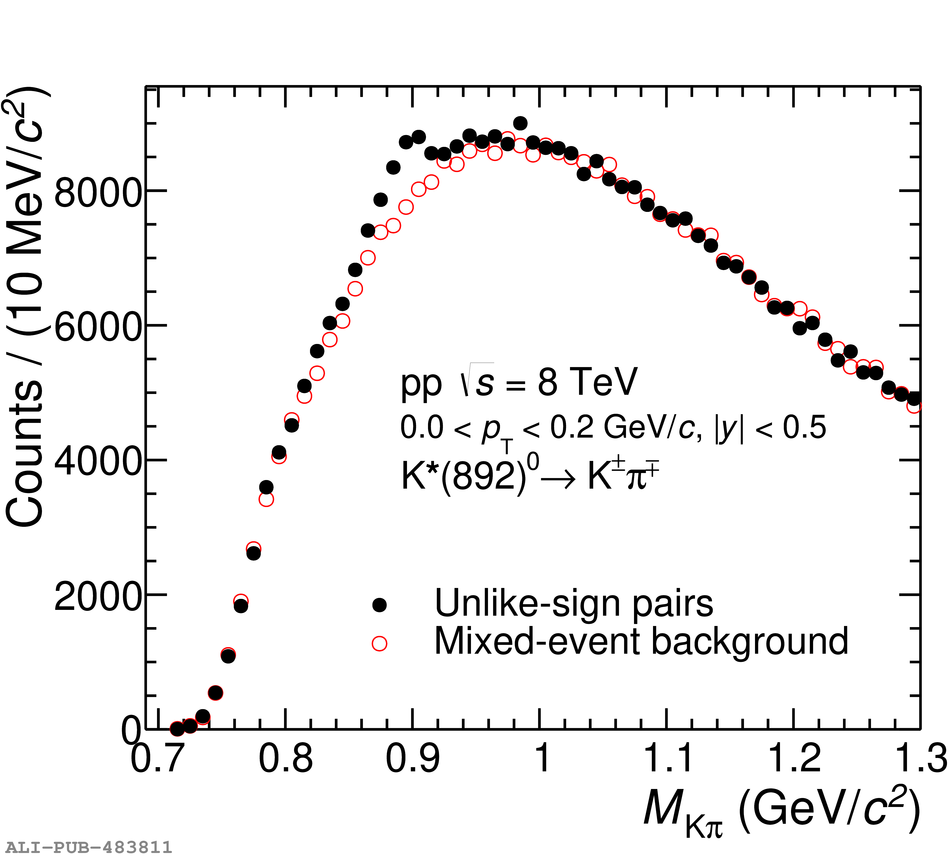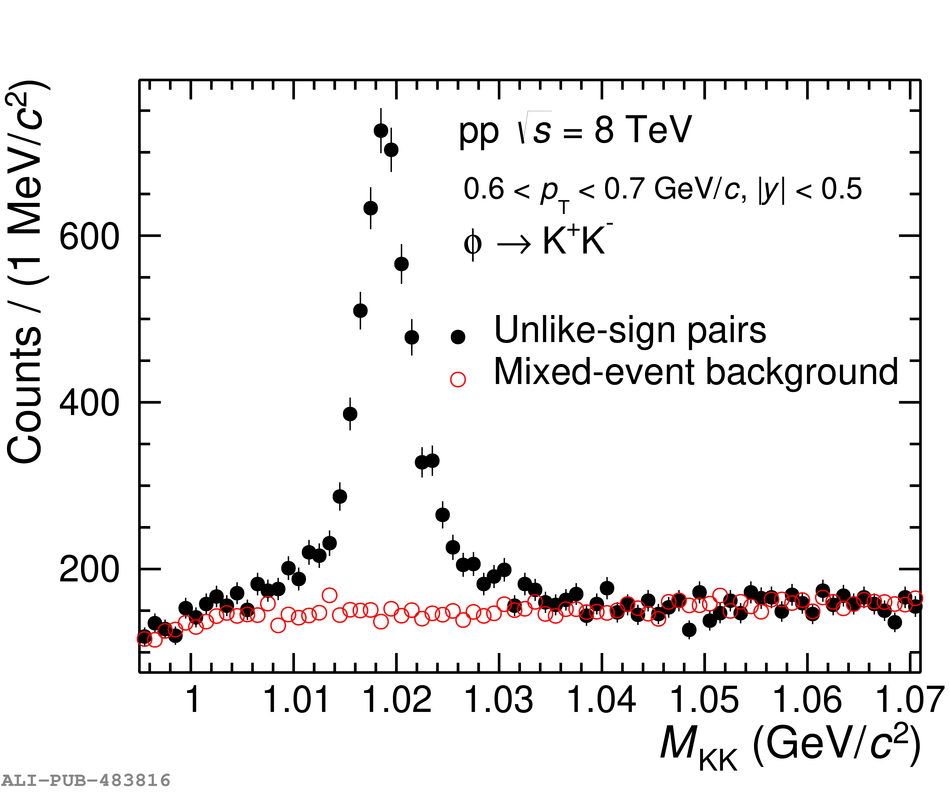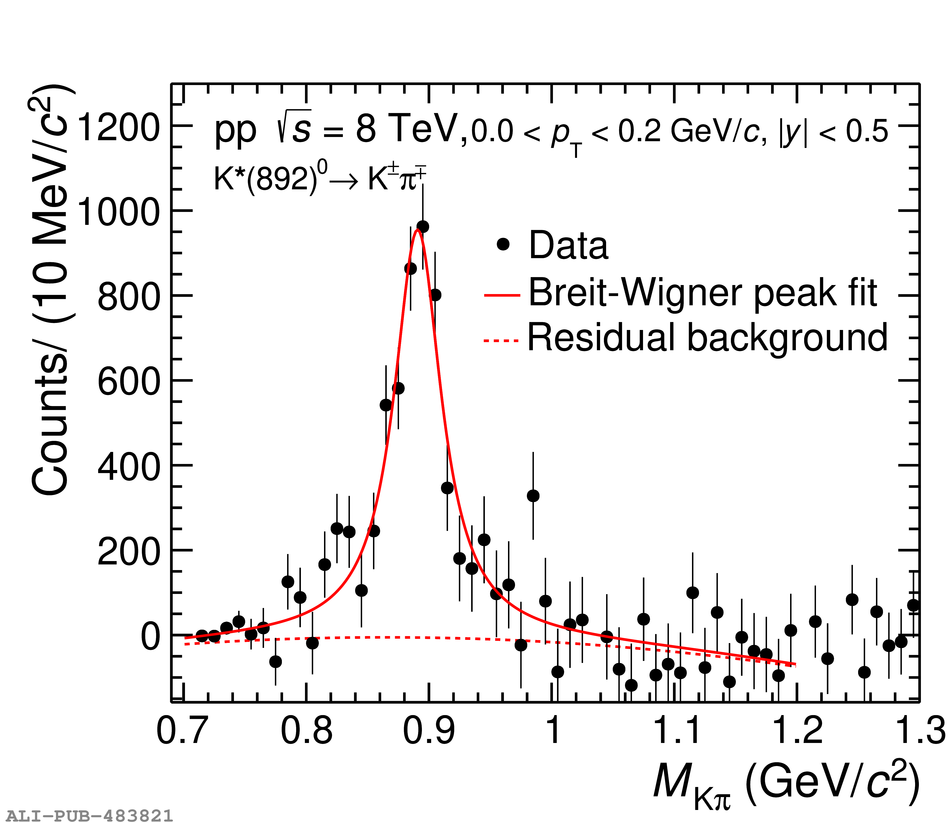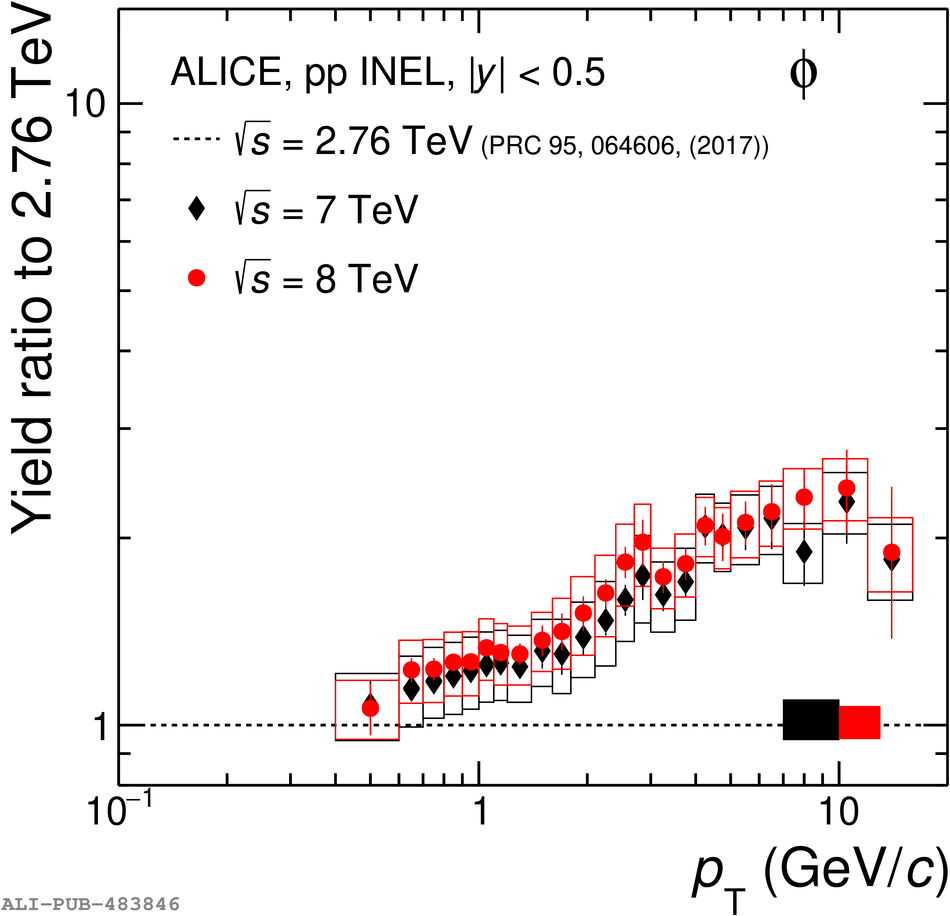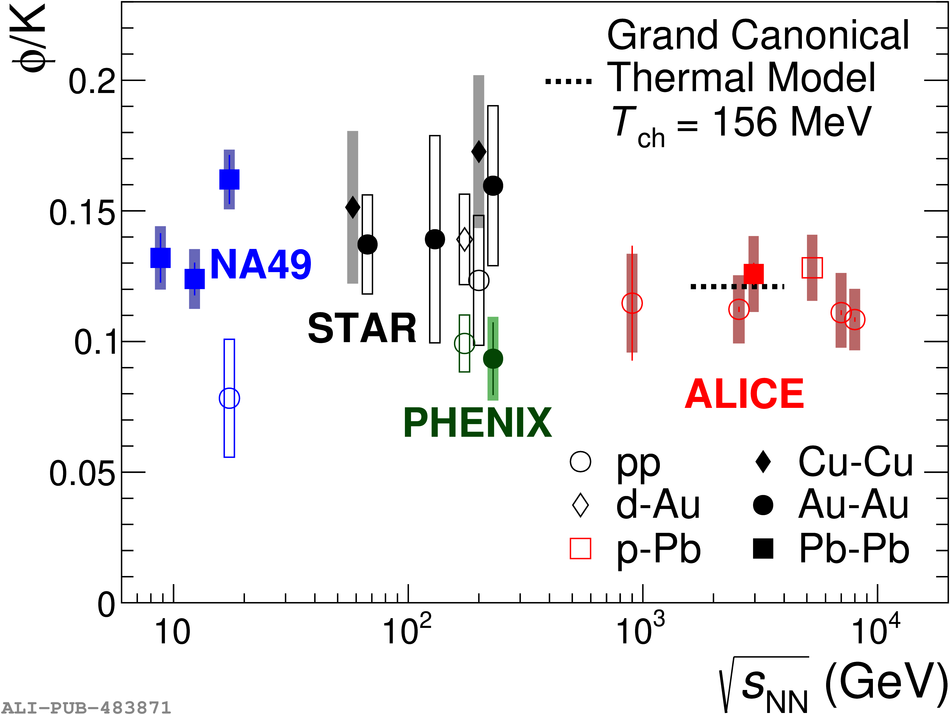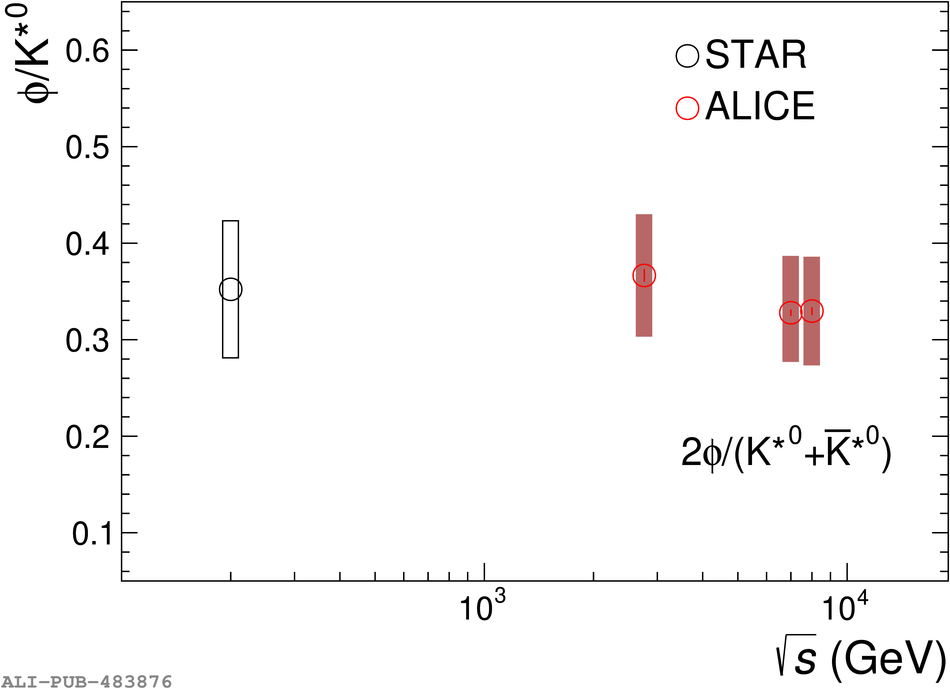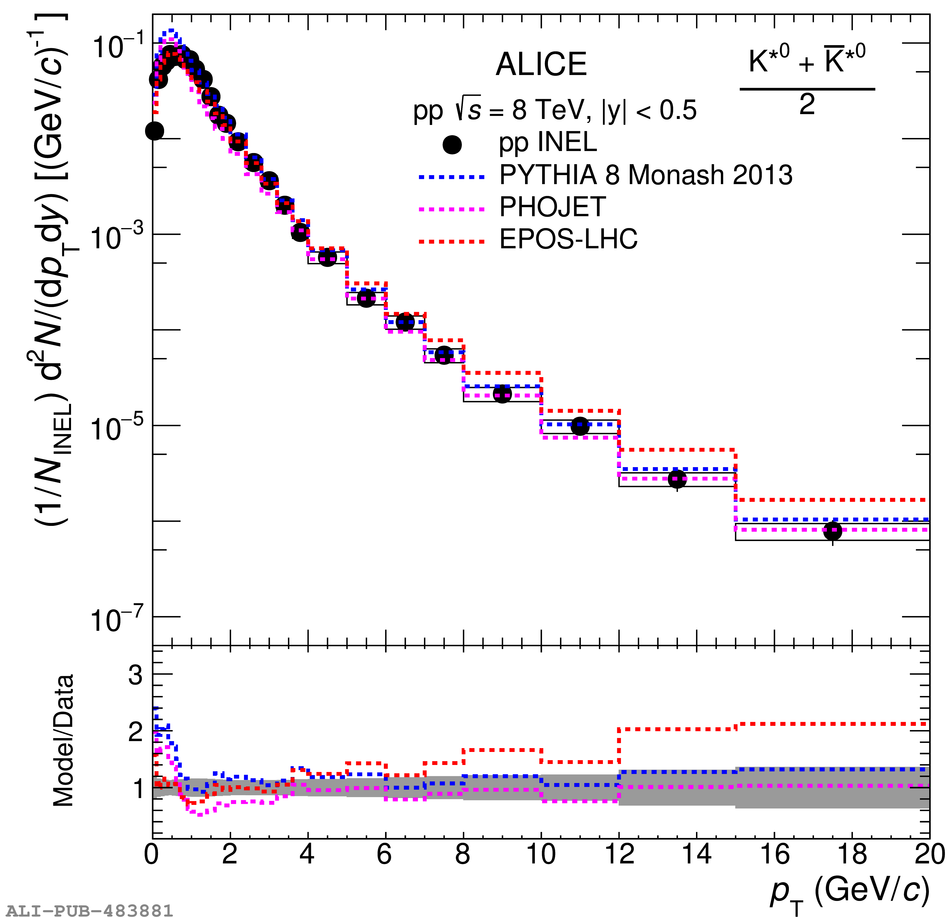The production of $\mathrm{K}^{*}(\mathrm{892})^{0}$ and $\mathrm{\phi(1020)}$ in pp collisions at $\sqrt{s}$ = 8 TeV was measured using Run 1 data collected by the ALICE collaboration at the LHC. The $p_{\rm{T}}$-differential yields d$^{\rm 2}N$/d$y$d$p_{\rm{T}}$ in the range $0 <~ p_{\rm{T}} <~ 20$ GeV/$c$ for $\rm{K}^{*0}$ and $0.4 <~ p_{\rm{T}} <~ 16$ GeV/$c$ for $\phi$ have been measured at midrapidity, $|y| <~ 0.5$. Moreover, improved measurements of the $\rm{K}^{*}(892)^{0}$ and $\phi(1020)$ at $\sqrt{s} = 7$TeV are presented. The collision energy dependence of $p_{\rm{T}}$ distributions, $p_{\rm{T}}$-integrated yields and particle ratios in inelastic pp collisions are examined. The results are also compared with different collision systems. The values of the particle ratios are found to be similar to those measured at other LHC energies. In pp collisions a hardening of the particle spectra is observed with increasing energy, but at the same time it is also observed that the relative particle abundances are independent of the collision energy. The $p_{\rm{T}}$-differential yields of $\rm{K}^{*0}$ and $\phi$ in pp collisions at $\sqrt{s} = 8$ TeV are compared with the expectations of different Monte Carlo event generators.
Phys. Rev. C 102 (2020) 024912
HEP Data
e-Print: arXiv:1910.14410 | PDF | inSPIRE
CERN-EP-2019-248

